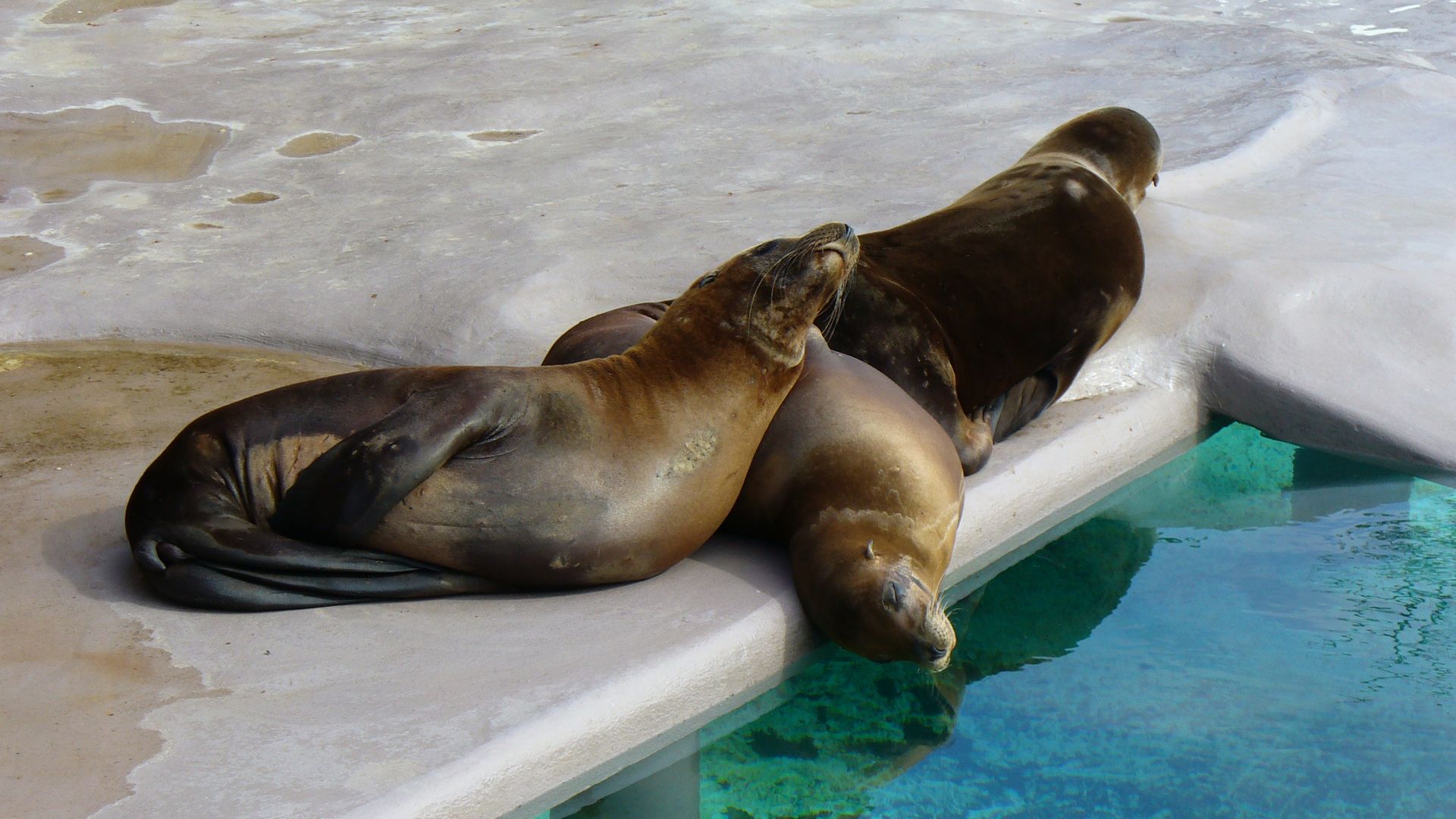Opolskie Zoo
7.01

Overview
The Opole Zoo, located on the picturesque Bolko Island, covers an area of 30.31 hectares and is home to over 1,000 animals representing 227 species. The history of the zoo dates back to 1912, when it was established as a private menagerie with roe deer, peacocks, and other animals. It was transformed into a municipal zoo in 1937, becoming the second such facility in Upper Silesia and known at the time for its extensive bird collection. In the 1930s, the city began providing financial support to the zoo, contributing to its development. Unfortunately, during World War II, the zoo was destroyed, and its reconstruction did not begin until 1953. Over the following decades, the zoo continued to evolve, with significant changes taking place after the millennium flood in 1997, which damaged many of its structures. Since 1998, reconstruction efforts have been underway, resulting in modern pavilions such as the giraffe house and the sea lion pool. The zoo has gained a reputation as one of the most modern in Poland. In addition to exhibiting animals, the zoo actively engages in breeding programs, achieving success in the reproduction of protected species like the Ugandan giraffe and the scimitar-horned oryx. The zoo is a member of the European Association of Zoos and Aquaria, which confirms its high standards. An interesting yet unfortunate incident occurred in 2008 involving California sea lions, which may have been harmed by objects thrown into their enclosure by visitors. The cultural engagement around the zoo is fostered by the Society of Friends of the Opole Zoo, which supports the institution's activities.
Location
Tickets
Powered by GetYourGuide
2025 Wizytor | All Rights Reserved